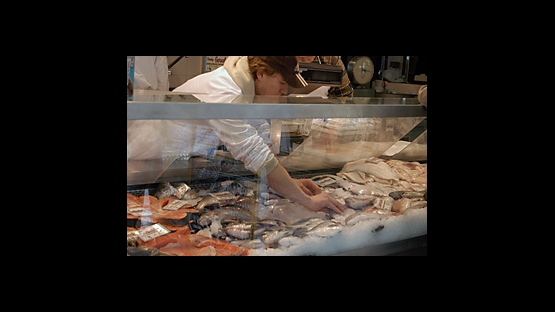Campylobacter, listeria, salmonella, shigella, E. coli, vibrio, yersinia bacteria and the waterborne parasite cryptosporidium are some of the most common causes of food poisoning. And as foods travel the globe it becomes even more important to protect people from food borne illnesses caused by harmful micro-organisms. Ionizing radiation is being used increasingly to provide that protection, and as a result, facilitating trade.
Harmonising international standards is critical to ensure food safety and prevent the introduction of unwanted pests and diseases.
The radiation process exposes food to ionizing energy, which can come from three sources: gamma rays, machine-generated electrons, or X-rays. As ionizing energy passes through the food and its packaging, microbes, bacteria, insects, insect eggs or larvae and parasites are killed.
Criticisms have been levelled against the procedure, with some arguing that irradiated foods haven´t been scientifically proven as safe for long-term consumption. But David Byron, Head of the IAEA´s Food and Environmental Protection Section says, "We look at irradiation as a form of pasteurization. It´s like any other food process. There are no residues, no radioactive material.
"It has been one of the most rigorously studied food processes in history. It´s been used for 50 years. In fact, it´s been used to treat foods eaten by astronauts in space."
Russia began irradiation of fruits, vegetables, spices, cereals, meats and poultry in 1959, and many other countries began using the process in the 1970s. Thailand began irradiating onions to delay sprouting in 1971. This was followed by the irradiation of fermented pork sausage, known as nham. Also in 1971, South Africa began irradiating potatoes, onion, fruits, spices, meat, fish, and chicken. Israel approved the irradiation of animal feed in 1973, and Japan began marketing irradiated potatoes in 1974. China is currently the biggest user of irradiation.
World trade in agricultural, fisheries and forestry products totals some $480 billion each year. Now the IAEA is aiming to strengthen the national capacities of FAO and IAEA Member States in applying irradiation to control insect pests in exported fruits and vegetables (phytosanitary treatment) and for the control of bacterial contamination as well as extending food´s shelf-life.
To facilitate access to new export markets through the use of irradiation in the Latin American and Caribbean region, talks are now ongoing between the Joint FAO/IAEA Division of Nuclear Techniques in Food and Agriculture and the Mexican government, exploring the possibility of establishing a Regional Training Centre in Mexico. With IAEA funding and technical expertise, the centre would assist Latin American countries to introduce irradiation technology as a quarantine treatment.
"The region´s food control officials would learn about all the aspects of inspection and control when it comes to food irradiation, and take that information back to their home countries. The advantage is that inspectors in the entire region would have the same information and training, so that food safety standards are harmonised," says Byron.
Currently, food irradiation is approved for use in over 55 countries worldwide. Some 20 countries, including Argentina, Australia, Bangladesh, Thailand, the USA and Vietnam have legislation allowing phytosanitary uses of irradiation.
Recent updates in national legislation in India, Australia and New Zealand have facilitated the use of irradiation to sanitise agricultural produce after harvesting.
Twenty other countries including Israel, Jamaica and Uruguay are working with the IAEA to determine the feasibility of using irradiation as opposed to other food quarantine treatments to overcome trade barriers they face due to the presence of pests and diseases.
In August 2008 the US Food and Drug Administration approved the use of irradiation to control food-borne pathogens in iceberg lettuce and spinach, in addition to existing US approvals for a variety of products, including herbs and spices, grains, poultry, ground beef, and seafood. Other countries continue to irradiate significant volumes of food for sanitary purposes, including spices, seafood, vegetables, grains, potatoes, sterilized meals and meats.
Background
The world´s oversight body for food safety - the Joint FAO/WHO Codex Alimentarius Commission - is based in Rome, Italy at the UN Food and Agriculture Organization. Codex safety standards cover food irradiation, and are set using advice from the World Health Organization.
The International Plant Protection Convention is also involved in the development of international standards on the use of irradiation. Governments use these standards to help ensure that food supplies are safe, whether consumed in their own countries or traded for consumption elsewhere.
At the IAEA, experts work on food irradiation and other topics through the Joint FAO/IAEA Division of Nuclear Techniques in Food and Agriculture.
The Division sponsors research and technical cooperation projects, arranges scientific visits, and brings together experts to review and guide global activities, providing independent and authoritative advice.
In the field of food irradiation, 13 countries have technical cooperation projects running this year.


